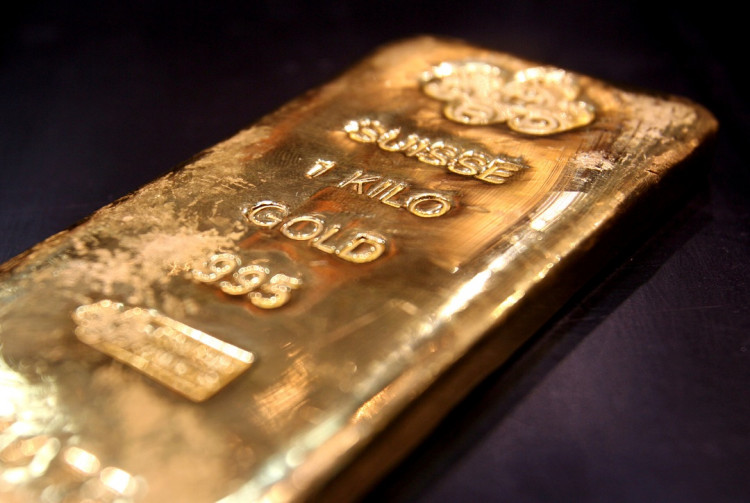Gold prices have recently reached unprecedented levels, with analysts predicting further increases as global uncertainties continue to mount. On Monday, spot gold held steady at last session's record high of $2,508.14 per ounce, while U.S. gold futures rose to a new peak of $2,540.80 per ounce. This surge comes as the U.S. Federal Reserve's upcoming rate decision looms large over the financial markets, with many investors anticipating a potential rate cut as early as next month.
Sabrin Chowdhury, head of commodities analysis at BMI, emphasized the factors driving gold's recent ascent, noting that "2024 is the year where gold is supposed to reach multiple highs." She highlighted the metal's enduring appeal as a safe haven asset, especially in a year marked by significant geopolitical and economic uncertainty. The ongoing conflict in Ukraine, escalating tensions in the Middle East, and the approach of the U.S. presidential election have all contributed to an environment of heightened volatility, which has historically been favorable for gold.
In particular, the possibility of a direct conflict between Israel and Iran has added to the demand for safe-haven assets like gold. Following the assassination of Hamas political leader Ismail Haniyeh in Tehran, Iran has vowed retaliation, further destabilizing the region. In response, the U.S. has deployed additional military assets to support Israel, intensifying concerns about a broader conflict.
Another significant factor influencing gold prices is the growing expectation of a Fed rate cut. The July Fed meeting, which indicated that a rate cut could be on the table for September, has bolstered investor confidence in the metal. Lower interest rates reduce the opportunity cost of holding gold, making it more attractive relative to interest-bearing assets like Treasurys. Additionally, a weaker dollar, which often accompanies lower rates, enhances the appeal of gold for holders of other currencies.
Citi analysts echoed this sentiment, forecasting that gold could reach $3,000 per ounce by mid-2025. They also noted that investor sentiment towards gold is likely to remain bullish in the near term, particularly as traders look ahead to the annual economic policy symposium in Jackson Hole, where Fed Chair Jerome Powell is expected to provide further insights into the interest rate outlook.
However, the recent surge in gold prices has not been without some short-term fluctuations. On Monday, gold eased slightly after its record-breaking performance, with spot gold down 0.4% at $2,496.46 per ounce. U.S. gold futures also saw a minor decline, edging 0.1% lower to $2,534.80. Giovanni Staunovo, an analyst at UBS, maintained a positive outlook for the metal, predicting that prices could rise to $2,600 per ounce by the end of the year. He emphasized the importance of Powell's upcoming speech at Jackson Hole, which could provide crucial signals about the timing and scale of any potential rate cuts.
In addition to the Fed's rate decisions, the market will closely watch the minutes from the Fed's July policy meeting, set to be released on Wednesday. Recent U.S. economic data, including strong retail sales and lower-than-expected unemployment claims, have bolstered confidence in the economy, leading to increased speculation that the Fed may opt for a more measured rate cut of 25 basis points rather than a more aggressive 50 basis points.
Gold has surged more than 20% this year, driven by a combination of anticipated U.S. interest rate cuts, rising geopolitical tensions, and robust central bank buying. Achilleas Georgolopoulos, an investment analyst at forex broker XM, noted that demand for gold remains strong, particularly as geopolitical risks continue to drive investors towards safe-haven assets.
As gold continues to navigate the complexities of global markets, other precious metals have also experienced fluctuations. Spot silver fell by 0.2% to $28.95 per ounce, platinum eased by 0.3% to $951.75, and palladium dropped by 0.9% to $942.50.
Reuters and CNBC contributed to this report.






